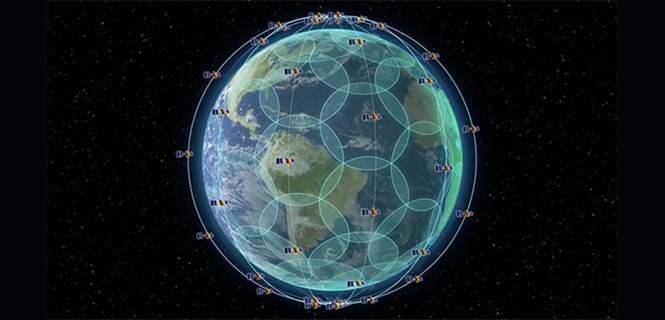In 2015, the total installed base of GNSS devices within professional segments—including Agriculture, Maritime, Aviation, Rail, and Utilities—was an estimated 14.4 million units. By 2025, this number is expected to increase to 97.8 million.
GNSS, or Global Navigation Satellite Systems, was first employed in the 1970s, and since the 1990s, has solidified into an essential part of our nation’s function. GNSS-delivered PNT facilitates the operation of Internet of Things (IoT) devices, Big Data, Mobile Health, Augmented Reality, Smart Cities, and Multimodal Logistics. The financial sector uses PNT information to timestamp financial transactions while the agricultural sector uses it for the employment of precision farming techniques.
Military operations are also dependent on GNSS-delivered PNT information for the navigation of their aircraft, drones, missiles, and vessels; the coordination of operations; and the location of targets. In addition to this, the military implements network-centric warfare, which is heavily dependent on precise timing information.
Typical GNSS signals, however, are susceptible to a variety of both unintentional and intentional attacks, which makes PNT information vulnerable. GNSS errors that affect the integrity of PNT data include:
- The variation of a signal’s mean speed due to signal path uncertainty
- Multipath propagation caused by reflections
- Weather anomalies and environmental effects
- Intentional and unintentional signal jamming via interference by RF sources
- GNSS spoofing and
- Cyberattacks
Due to GNSS vulnerability, the military employs Navigation Warfare (NAVWAR) techniques, which help defend PNT information using space, cyberspace, and electronic warfare operations. The United States has also investigated other solutions for securing PNT information, such as interoperability with other GNSS systems and the transition from block II to block III satellites.
In the last few years, the need for secure PNT information and a resilient infrastructure has emerged. During the Russian exercise, Zapad 2017, and NATO’s 2018 Trident Juncture exercise, GPS signals were disrupted due to jamming. According to the Norwegian Ministry of Defense, disruptions during the 2018 Trident Juncture exercise were due to Russian jamming from the Kola Peninsula.
GNSS failure poses serious problems for professional segments of society, and rectifying the problem can take hours—or even days. Consider, for instance, Galileo’s recent signal outage, in which 22 satellites were deemed unusable for a week. Luckily, Galileo relies on the interoperability with other GNSS systems, so users weren’t without signals.
While typical GNSS signals are susceptible to a variety of attacks, as described above, there is an existing alternative available worldwide that can complement PNT services and GPS signals. Satellite Time and Location (STL) signals from Satelles serve as a resilient and reliable backup for GPS. Compared to typical GNSS signals, STL’s encrypted signals are 1,000 times stronger, and because they originate from Iridium satellites, which are closer to the earth, they provide stronger signals that can operate in GPS-challenged environments and are resistant to jamming and spoofing. So when GPS signals are disrupted, STL signals will provide trusted timing and synchronization for sustained communication.
Sources: https://nsarchive.gwu.edu/news/cyber-vault/2019-07-17/navigation-gps-warfare



